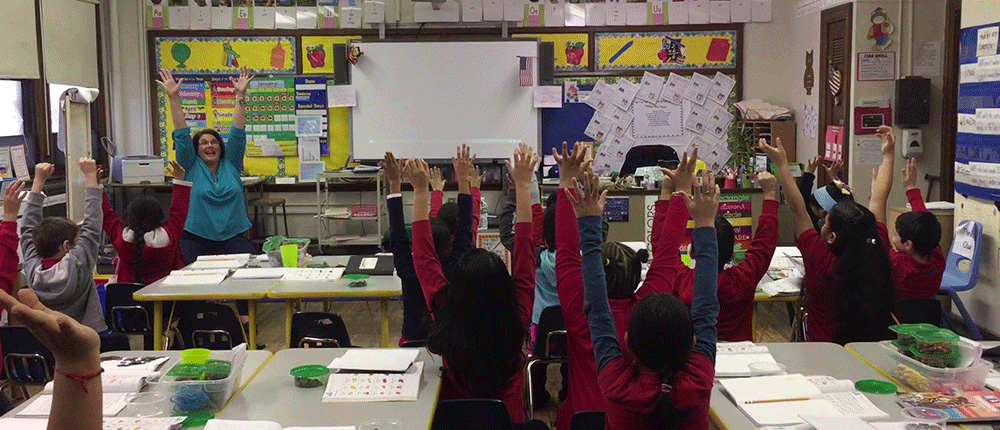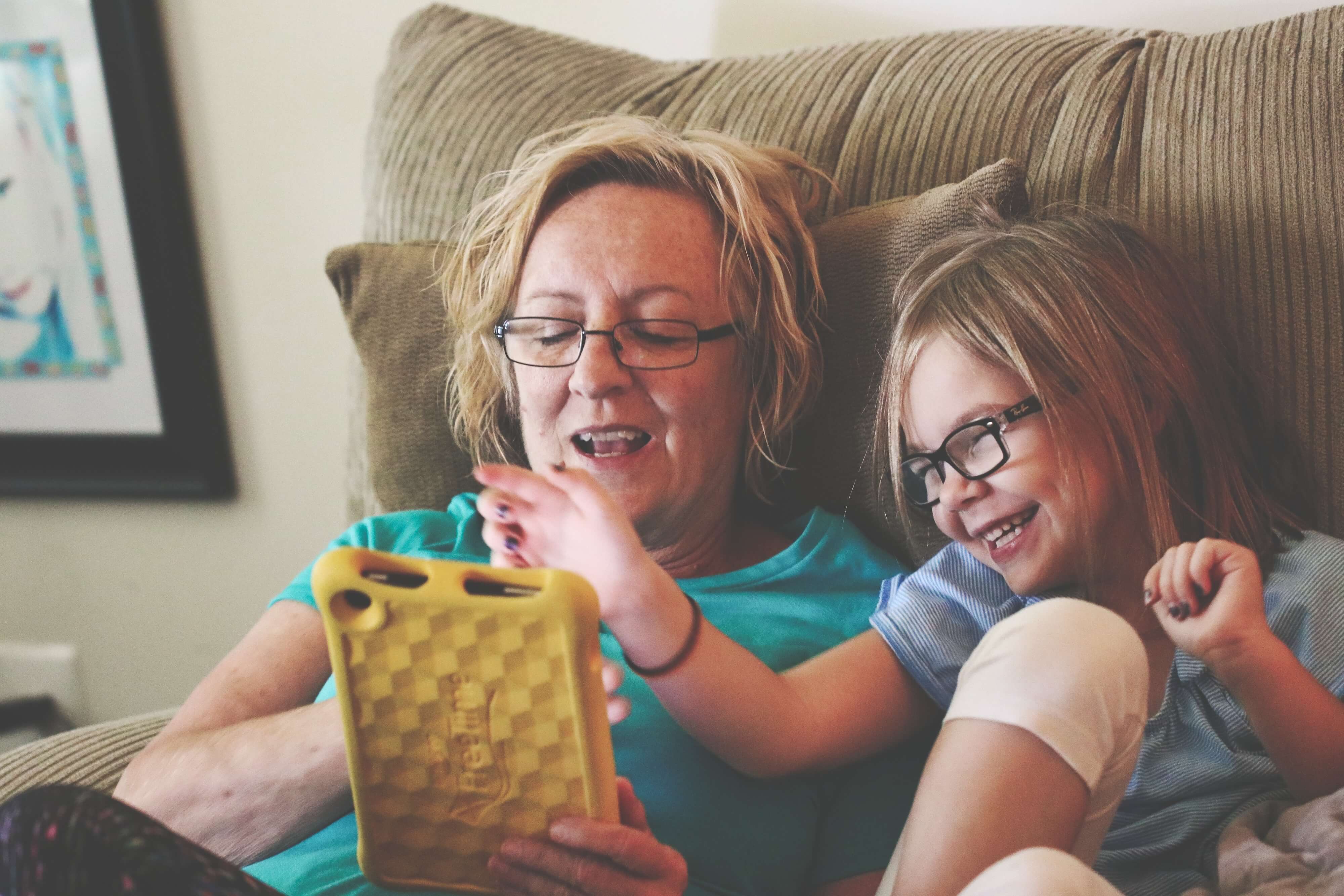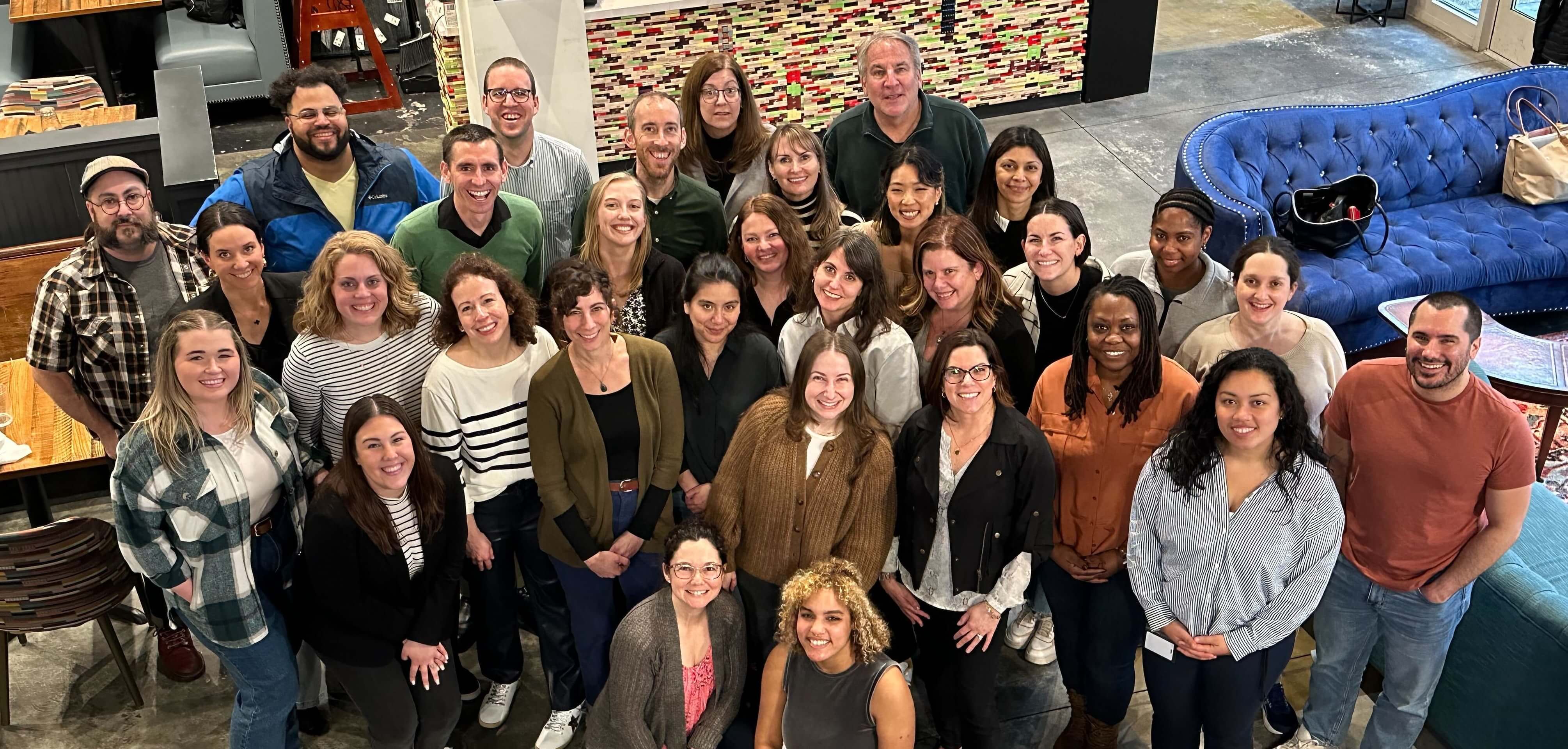Want to Start a Classroom Mindfulness Practice? Read These 6 Tips First

Throughout every waking moment we face in-the-moment choices like whether to eat a doughnut or oatmeal for breakfast, retaliate against the person who cut us off or keep our eyes on the road, or check Instagram or grade the next paper on the stack. Although it’s usually obvious which alternative will be ultimately more beneficial, we have a tendency to act on the one that provides only short-term satisfaction, especially when we’re tired, stressed, or distracted. While some in-the-moment choices have the potential to change our lives immediately, others can gradually compound to define who we are. The collective impact of our in-the-moment choices prompted the Alliance for Decision Education in 2014 to develop Mindful Choices, a K-12 curriculum program that includes breathing and attention exercises to help students improve their ability to remain calm and focused whenever they’re likely to give in to instant gratification.
Training hundreds of teachers and out-of-school-time providers to implement Mindful Choices taught us that it’s essential to foster contexts that make mindfulness a welcome part of the day for students and teachers. If you’ve been thinking about incorporating mindfulness activities into your classroom routine, read our tips before you try that first breathing exercise.
Tip #1: Keep your mindfulness instruction focused on school-appropriate objectives.
Identify ways your students have disrupted their own and their classmates’ learning and wellbeing. (Maybe examples of students talking over directions, making rude retorts to classmates, or panicking during tests come to mind.) Would those behaviors improve if you taught your students how to pay attention to what they’re doing in the present moment and to notice when their attention drifts? If so, then maybe it’s the right time to introduce mindfulness practices. On the contrary, it doesn’t make sense to introduce mindfulness practices just to keep pace with education trends and it’s not appropriate to use them to intervene with students’ mental health concerns. We found that teachers and students were more likely to stick with mindful breathing exercises when we introduced them with reasonable expectations instead of presenting them as a panacea for every classroom and personal issue.
Tip #2: Be realistic about the amount of time you can devote to mindfulness.
Don’t worry if you can only spend about five minutes on mindful awareness practices each day. That’s still enough time to lead students in a mindful breathing exercise as they’re getting settled after lunch or about to take a test. It’s enough time to talk about what it means to single task as they’re working on a big project. The teachers we’ve trained have realized that a little bit of reinforcement each day can go a long way in supporting a calm classroom culture.
However, we’ve also worked with teachers who had full class periods devoted to Social Emotional Learning, character education, or health, which allowed them to extend their students’ mindfulness practice beyond breathing exercises to include the whole class activities and journal prompts from Mindful Choices. Those activities worked well because they felt appropriate for the context and didn’t need to be rushed.
Tip #3: Use resources that align with your teaching style and comfort level.
Teachers in our Mindful Choices trainings have had varying combinations of experience in the classroom and with mindfulness practices, so we learned that it’s important to give them multiple options for leading their students in mindful breathing. After a few training sessions, many teachers felt ready to lead the breathing exercises from memory and even wanted to put their own personal touches on them, while some teachers preferred to read from the scripts we provided. Other teachers felt timid using their own voices or wanted to be able to circulate the room, so we developed audio recordings for each exercise. Scripts, apps, and videos for mindful breathing are great tools that can give you the support you need to get started, so don’t feel like you’re cheating if you use them.
Tip #4: Keep it simple.
Don’t feel like you have to come up with a new breathing exercise or class activity every day. We discovered that including a wide variety of activities in Mindful Choices overwhelmed teachers with choices and confused the purpose of the program, so we narrowed it to the essentials. Just like in a workout regimen, part of the enjoyment of mindfulness practices is noticing the gains you make every time you attempt a certain exercise. Of course, it could get boring doing exactly the same thing every single time, but if you employ a collection of 5-8 mindful breathing exercises, your students will be able to notice over time how they were able to sit a little bit longer without fidgeting, take deeper breaths, or guide themselves through mindful breathing at a time when they were upset or had trouble focusing.
Tip #5: Get support from your principals.
Even though the majority of school mindfulness programs are focused on simple breathing exercises, some administrators may get nervous about whether parents perceive them as unconventional, so before you start a mindfulness practice with your students, loop your principal in on the resources you’re using. Invite her to a session to try the exercises with other teachers so she can experience the benefits for herself. Teachers we’ve trained in Mindful Choices have been more likely to continue using the program when their principals participated in the training sessions, built mindful breathing into the school schedule, and made time within meetings and in-service days to discuss how the students have reacted.
Tip #6: Don’t let schedule changes derail your habit.
Fire drills, standardized tests, and vacation days all have the potential to disrupt a mindfulness practice. It’s no big deal if you miss days here and there, but don’t stray for long. Think of focus like a muscle you want to prevent from atrophying and try to incorporate some quiet moments for students to do mindful breathing as regularly as you can.
Get Started
If you’re ready to try mindfulness practices with your students, learn more about our Mindful Choices program. We offer free access to both our Elementary Guide and Middle & High School Guide, where you’ll find:
- Mindful breathing exercises (in audio recordings and written scripts).
- Mini-lesson plans that support deeper understanding of mindfulness-related concepts like self-awareness, empathy, attention to detail, and strengthening self-control.
- Ideas for integrating mindfulness into your classroom throughout the year.
Seventy-seven percent of teachers who implemented Mindful Choices reported improvement in students’ self-regulation, 70 percent reported improvement in students’ ability to manage stress and anxiety, and 90 percent reported improvement in their own management of stress and anxiety. If you start using Mindful Choices in your classroom, let us know how it’s working for you and your students. We always want to learn more about how we can help students improve the skills they need to make better in-the-moment choices.

